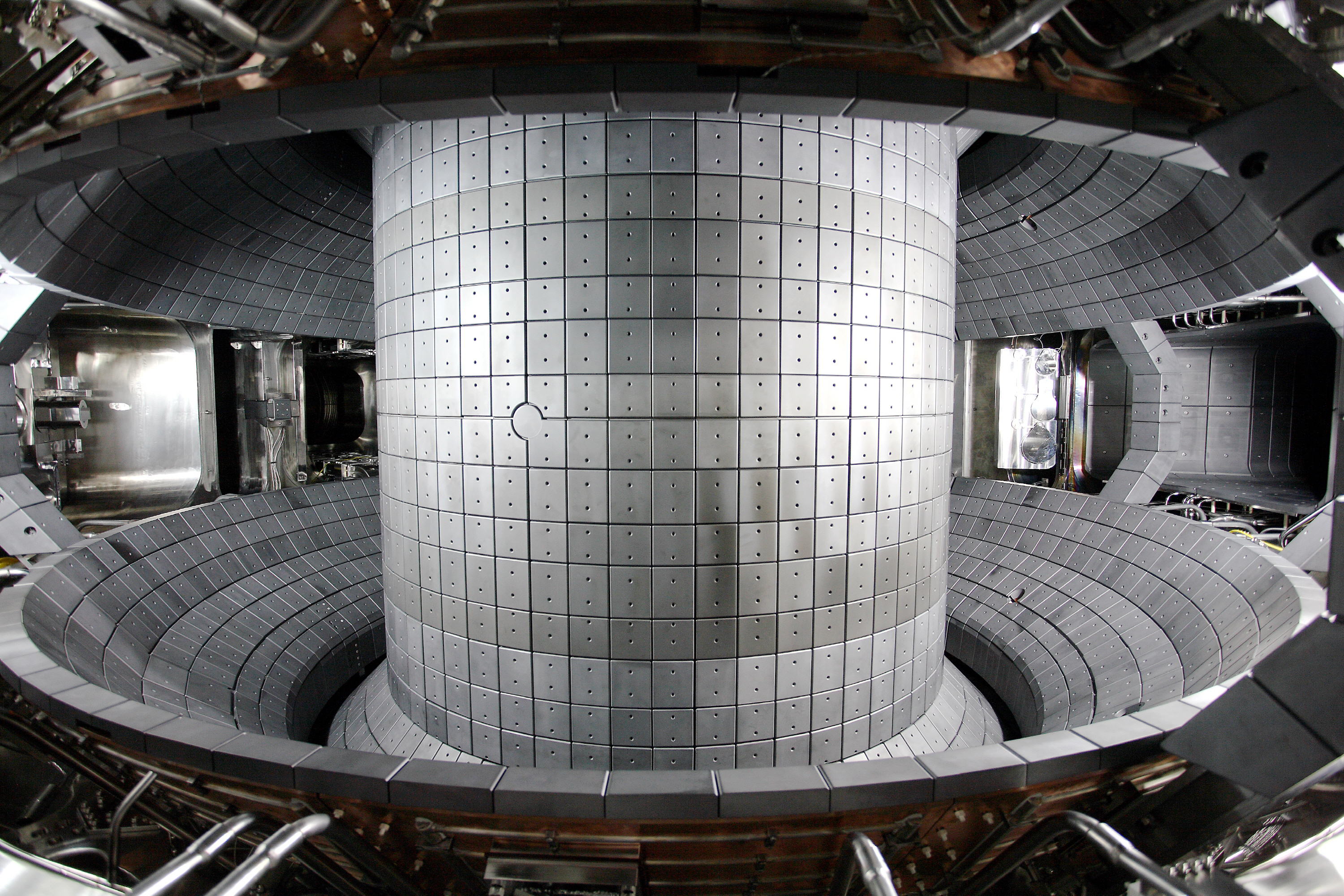South Korea’s ‘Artificial Sun’ burns hotter than star for longer than ever before
Fusion reactors could provide humans with a limitless and clean source of energy

Your support helps us to tell the story
From reproductive rights to climate change to Big Tech, The Independent is on the ground when the story is developing. Whether it's investigating the financials of Elon Musk's pro-Trump PAC or producing our latest documentary, 'The A Word', which shines a light on the American women fighting for reproductive rights, we know how important it is to parse out the facts from the messaging.
At such a critical moment in US history, we need reporters on the ground. Your donation allows us to keep sending journalists to speak to both sides of the story.
The Independent is trusted by Americans across the entire political spectrum. And unlike many other quality news outlets, we choose not to lock Americans out of our reporting and analysis with paywalls. We believe quality journalism should be available to everyone, paid for by those who can afford it.
Your support makes all the difference.South Korea’s ‘artificial sun’ has set a new world record by reaching a temperature of over 100 million degrees Celsius for longer than ever before.
Rather than the traditional celestial body, this ‘sun’ is the Korea Superconducting Tokamak Advanced Research (KSTAR) – a fusion reactor where ions and electrons are heated and separated.
KSTAR managed to heat plasma at the blistering temperature for 20 seconds, over twice as long as the eight-second achievement managed by the machine in 2018.
Currently, few fusion devices have managed to heat plasma to such a degree and – before now - none of them managed to heat the particles for longer than 10 seconds.
The KSTAR team improved the performance of one of its plasma operation modes, called the Internal Transport Barrier mode, which made it able to heat the plasma for so long.
"The technologies required for long operations of 100 million- plasma are the key to the realization of fusion energy,” Director Si-Woo Yoon of the KSTAR Research Center said in a statement.
“The KSTAR's success in maintaining the high-temperature plasma for 20 seconds will be an important turning point in the race for securing the technologies for the long high-performance plasma operation, a critical component of a commercial nuclear fusion reactor in the future."
The final aim of the KSTAR is to achieve operation for 300 seconds at a temperature of over 100 million degrees, which it hopes to have accomplished by 2025.
This temperature will eventually become “a compelling basis for high performance, steady state fusion plasmas," according to Dr. Young-Seok Park of Columbia University.
Fusion devices mimic the same reactions that take place inside the Sun, hence their name, and could potentially provide a powerful and limitless source of clean energy by releasing massive amounts of energy that can be converted into electricity.
Unlike nuclear fission, it creates little radioactive waste and is considerably less dangerous, but is also more expensive.
In December 2020 China powered up the HL-2M Tokamak reactor, which managed to heat plasma to a temperature of 150 million degrees Celsius.



Join our commenting forum
Join thought-provoking conversations, follow other Independent readers and see their replies
Comments